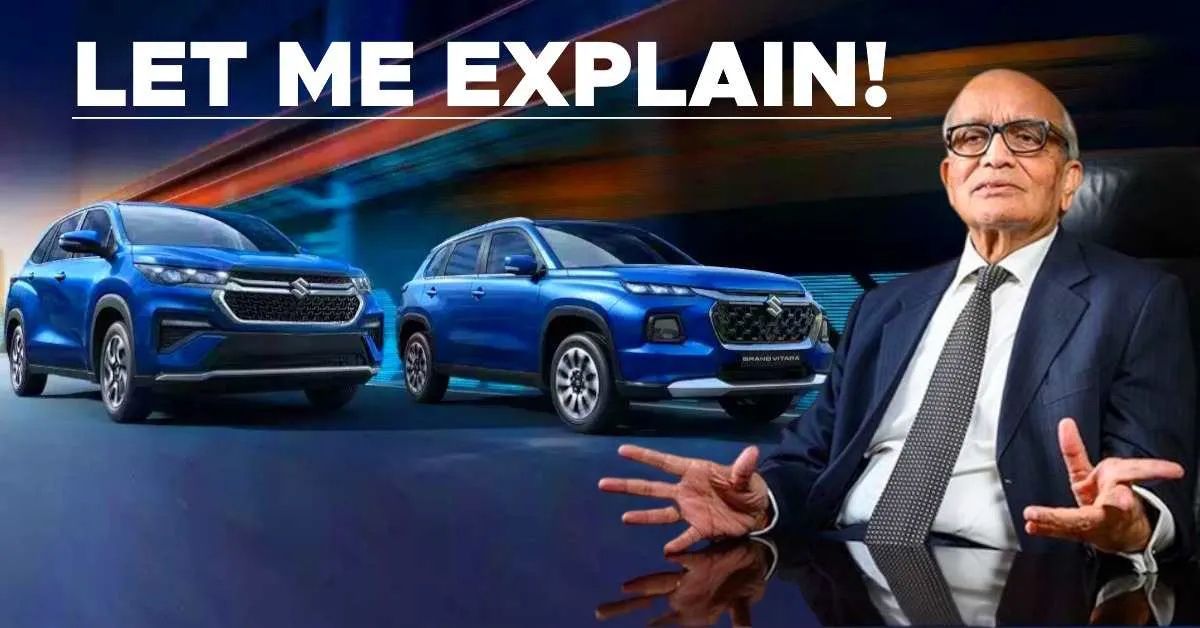Maruti Suzuki To Government: CAFE 3 Norms Biased Against Small Cars


A regulatory storm is building in the auto sector as India prepares for the rollout of CAFE 3 norms in April 2027. At the heart of the debate stands Maruti Suzuki, the country's top carmaker by volume, now increasingly isolated in its push for leniency in how small cars are judged under the upcoming Corporate Average Fuel Efficiency (CAFE) rules. While Maruti says the current weight-based system penalises lighter, more efficient vehicles, its competitors and regulators see the issue quite differently.
Maruti Suzuki's main concern stems from how India’s current CAFE norms link allowable CO2 emissions to a vehicle’s weight. Simply put, heavier cars are allowed to emit more, while lighter vehicles are held to tougher standards. This formula was originally created with good intent, recognising that heavier vehicles consume more energy, but it has created unintended consequences, especially for manufacturers that focus on small cars.
Maruti’s portfolio is particularly vulnerable under this system. Of its 17 models, 10 weigh under 1,000 kg, including popular nameplates like the Alto, S-Presso, Wagon R and Swift. These vehicles are already relatively fuel-efficient and low on emissions, yet under CAFE norms, they are forced to meet stricter emission targets than large SUVs that naturally consume more fuel.
This “weight penalty,” as analysts describe it, not only limits the environmental gains from making cars lighter but also drives up the cost of compliance for small carmakers. According to Maruti, this makes budget-friendly models more expensive to produce and ultimately less affordable for buyers, a risk that could lead to the collapse of the entry-level car segment.
This is not a theoretical concern. Maruti’s small car sales have already declined sharply. Cars like the Alto and S-Presso now contribute just 5.4% of its monthly volumes, down from a much larger share just two years ago. The company’s overall domestic passenger vehicle sales dropped 13.3% year-on-year in June. Meanwhile, the market itself is stagnating despite healthy GDP growth, a signal, Maruti says, that something is broken.
Small cars have long been the gateway to car ownership. For decades, they formed the backbone of the country’s auto market. But now, rising costs due to stricter emissions and safety regulations are pushing buyers away. Maruti argues that without policy support, such as differentiated emission norms or a move to footprint-based rules like in the US and EU, small cars could become extinct.
Maruti’s position, however, finds little support among other major carmakers. Companies like Tata Motors, Mahindra, Toyota and MG Motor have joined hands to oppose any changes that would offer leniency to small cars. Their argument? The market has evolved. Consumer preferences are shifting towards larger vehicles, particularly SUVs, with more features and greater road presence.
From their point of view, the decline in small car sales has less to do with emissions regulation and more to do with aspirational buying patterns. As incomes rise, more buyers are skipping small hatchbacks and opting for compact or midsize SUVs. Easing CAFE 3 norms for small cars, they argue, would distort the market and reward one company’s outdated product mix while undermining years of investment in new technologies.
Moreover, a two-tiered regulatory system, one for small cars and another for larger vehicles, could be seen as unfair and counterproductive. These manufacturers believe the focus should be on encouraging cleaner technologies across all segments, whether through hybrids, electric vehicles, or more efficient ICE engines, instead of rolling back norms for one segment.
Caught in the middle is the government. On one hand, it wants to maintain momentum on emissions reduction, with CAFE 3 aiming to lower the industry average from 113 g/km to 91.7 g/km. On the other, there is real concern about the declining share of affordable vehicles and the risk this poses to broader mobility goals.
Some policymakers have acknowledged the challenges small cars face under weight-based rules and are reportedly exploring tweaks. A shift towards footprint-based standards, which tie emissions to vehicle size rather than weight, is being discussed. Such a system would remove the penalty for lightweighting and allow carmakers to reap the environmental and cost benefits of producing smaller vehicles.
At its core, this is a debate about the future of mobility. Maruti’s fight reflects a deeper question: Should regulations reward size and complexity, or should they create room for simpler, cleaner, and more affordable transport options?
For now, Maruti stands largely alone in its campaign. But the outcome of this battle could reshape India’s car market for years. If the government sides with Maruti, small cars may get a second wind, possibly revitalising entry-level ownership. If it doesn’t, Maruti will be forced to reorient its strategy towards larger vehicles, where rivals already dominate.
What’s clear is that CAFE 3 will not just determine emissions; it will decide whether small, affordable cars remain viable or fade into history as consumer trends and regulations push the industry upmarket.